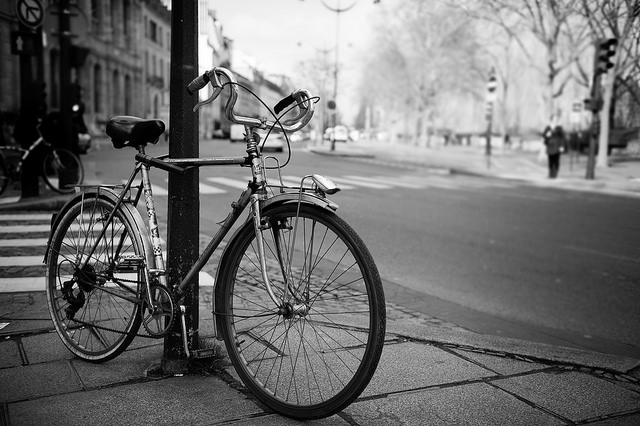Code Green Solutions


In previous versions of LEED, the bicycle rack credit was seen as a notoriously easy LEED credit to achieve. Building owners could install a bicycle rack, provide changing rooms and gain credit for it, regardless of whether or not building users were enabled to actually use the bicycle rack. LEED v4 marks a vast improvement over this approach by requiring that a building not only have a bicycle rack but also be located in an area with a bicycle network.
Similarly, what was framed as “public transportation access” in LEED 2009 is now “access to quality transit” in LEED v4. In v4, access to “quality transit” is judged based on the walking distance from the project to multimodal transportation choices as opposed to the radius measurement used in LEED 2009. LEED v4 also requires that local transit schedules are sufficient to enable use of public transportation.
It will be interesting to see what impact these slight changes in LEED v4 have on occupant behavior. It seems that these additional requirements are indicative of increased awareness regarding the ability to impact human experience through the structure of high performance buildings and neighborhoods. As green building professionals continue to increase consideration of the impact that design has on the human experience, green buildings and neighborhoods will likely become better at positively influencing human behavior and well-being.